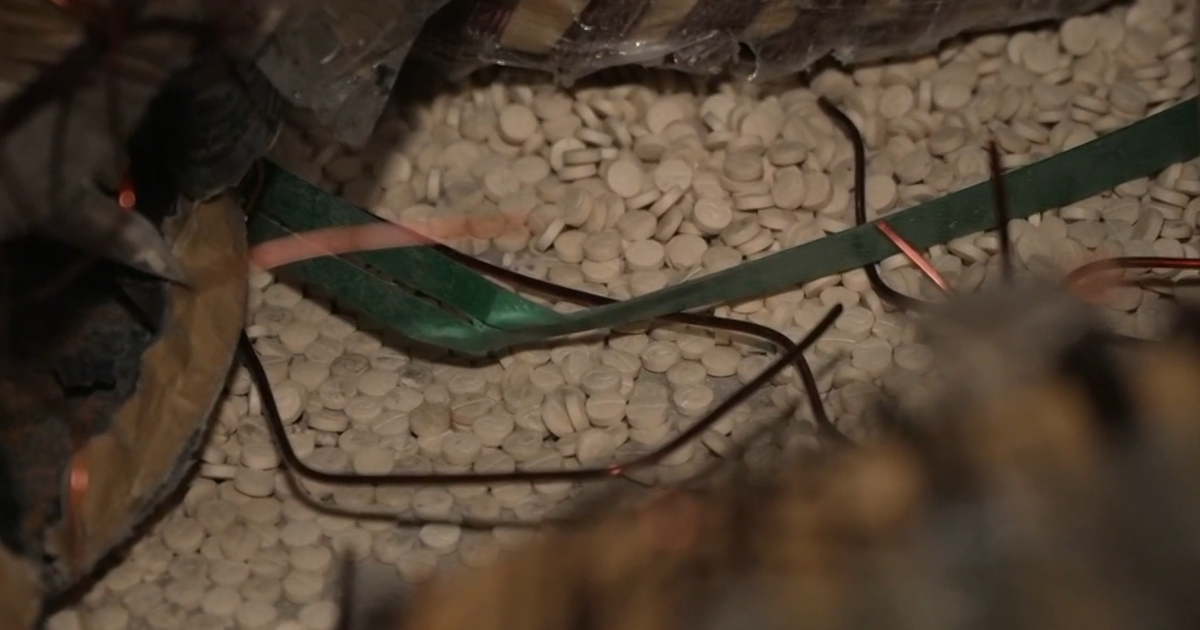Pentagon still assessing intelligence about suspected Syria chemical attack
WASHINGTON -- Long after the Cold War, the world is again worried about the risk of a military confrontation between the U.S. and Russia. At the center of the conflict is the apparent chemical weapons attack by the Assad regime in Syria, Russia's ally.
As President Trump considers a response, he tweeted, "Russia vows to shoot down any and all missiles fired at Syria. Get ready Russia, because they will be coming, nice and new and smart." He added "You shouldn't be partners with a gas killing animal who kills his people and enjoys it."
The president's tweet Wednesday morning raised the real possibility the U.S. and Russia could soon be shooting at each other. That was followed by an unequivocal statement from the White House about who is to blame for the apparent asphyxiation of civilians.
"The president holds Syria and Russia responsible for the chemical weapons attack," said press secretary Sarah Sanders.
But internal intelligence agency emails still refer to it as a "alleged" attack, and Defense Secretary James Mattis said no final conclusions have been reached about possible U.S. action.
"We're still assessing the intelligence ourselves and our allies," Mattis said. "We're still working on this."
The head of the Russian military, Gen. Valery Gerasimov, has warned that if the lives of Russian officers in Syria are threatened, Russia will retaliate -- targeting not just the missiles themselves but also the ships or aircraft which fired them. Russia has a sophisticated air defense system stationed in Syria.
"Other than probably downtown Moscow, the Syrian air defenses are probably among the very best in the world," said retired Navy Adm. Sandy Winnefeld. But he's confident most of the missiles would get through.
"We have a pretty good track record of getting our Tomahawk missiles, our air-launched cruise missiles, through those missile defenses," Winnefeld said. "Occasionally you lose one, but they're awfully hard to target."
Last year, the U.S. fired 60 cruise missiles from two destroyers in the Mediterranean. One failed but the other 59 hit their targets. This time, the options include launching from submarines both in the Mediterranean and the Red Sea as well as from aircraft operating out of Europe or the Persian Gulf.
As Gen. Richard Clark showed "60 Minutes," a single B-52 bomber can carry 20 cruise missiles -- six under each wing and eight in a rotating launcher in the bomb bay.
Despite the president's tweet that missiles are coming, the White House says he has not yet decided on a military option. A meeting of the National Security Council is scheduled for Thursday afternoon.




